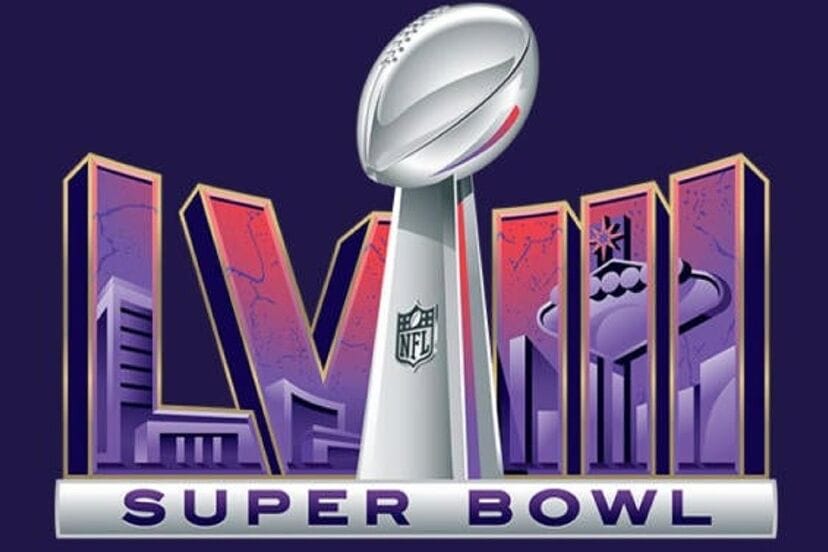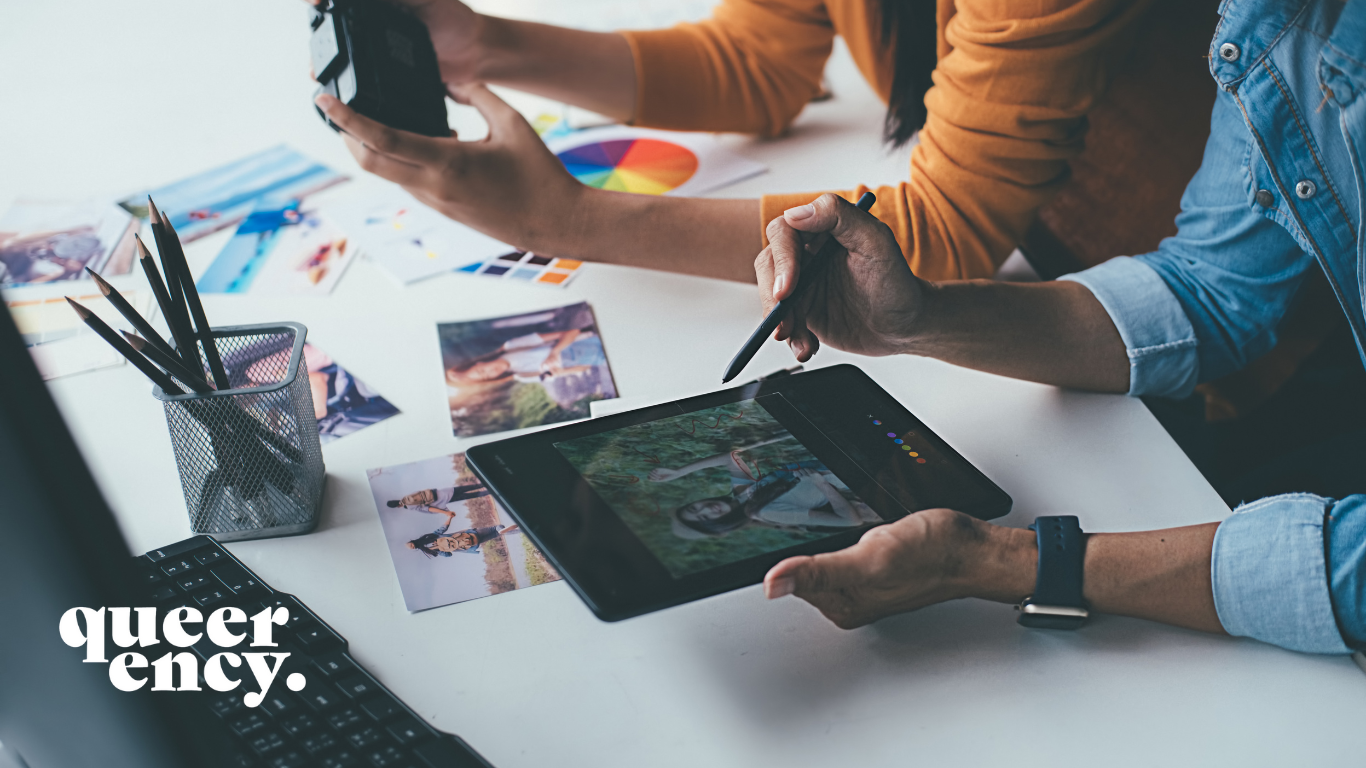The Background
It’s no secret to the queer community that the world’s transgender population is one of the most underrepresented demographics in media, and because of backlash from controversies like Bud Light’s Dylan Mulvaney campaign, brands are now straying away from the LGBTQIA+ representation.
In 2023, Anheuser-Busch (Bud Light) and Mulvaney, an openly transgender woman and TikTok content creator, partnered for the beer’s “Easy Carry Contest,” offering customers a chance at $15,000 for uploading videos of them carrying as many cans of beer as possible.
The partnership entailed Mulvaney posting a sponsored video to promote the contest. The beer giant also released a special line of Pride-themed cans with various pronouns at the same time.
Needless to say, the right-wingers lost it.

The Impact
In addition to the political outcry surrounding the campaign, revenue at Anheuser-Busch’s U.S. division fell 13.5%, largely driven by a decline in Bud Light sales. During the 2024 Super Bowl, Bud Light catered to their “traditional” base with male-centered concepts featuring well known football and soccer players.
What is worrisome about a revert back to only traditional advertising is that only one in every 10 transgender people feels represented and supported by brands and their advertising, a new partnership study by Channel 4 and Mirror On the Industry has shown.
Not only did it have an economic impact on Bud Light, but it also had mental health effects on Mulvaney. What was supposed to be a partnership of positive trans representation and joy, turned into a nightmare for her.

“For months now, I’ve been scared to leave my house. I have been ridiculed in public. I’ve been followed,” she told NPR. “I have felt a loneliness that I wouldn’t wish on anyone. And I’m not telling you this because I want your pity. I am telling you this because if this is my experience from a very privileged perspective, know that it is much, much worse for other trans people.”
Samantha Cannons, Research Manager at Channel 4, said, “Our research is clear on why the need to normalise transgender visibility on screen is so important. Levels of LGBTQIA+ representation in advertising have been low and stagnant since 2019, and run the risk of going further backwards if steps aren’t taken to tackle the reluctance of brands to address this.”
Often, portrayals of transgender people in advertisements are commonly sensationalized, too focused on the physical side of being trans, lacking diversity and real ‘everyday’ style representation. The authors of the report said that to reverse this trend, companies must focus on trans experiences — specifically trans joy.
“I don’t want to see anyone binding with bandages or cutting their long hair off with scissors in the bathroom whilst crying” said one respondent from the Channel 4 study. “I don’t want to see the “no one will love me” tragedy.
What can brands do?
It’s not rocket science, there are simple steps brands can take to enhance transgender and queer representation.

“Advertising holds tremendous influence, which is why we need to see more ads with positive, creative and thoughtful portrayals of Transgender people,” Cannons said. “Doing so not only has the potential to shift perceptions, but would also connect brands with transgender people in a way they haven’t been able to so far.”
The report from Channel 4 concludes that Transgender representation and the general public’s awareness of Transgender issues could be simultaneously improved by brands adopting a range of steps, including:
- Hiring more Transgender talent for on screen advertising roles.
- Making the Transgender identity of Transgender talent secondary to the narrative of the ad. This means including them with little or no mention of their transgender identity and instead exploring other facets of their lives in order to normalize the representation of Transgender people.
- Avoiding depictions of Transgender people as a single, homogenous group.




